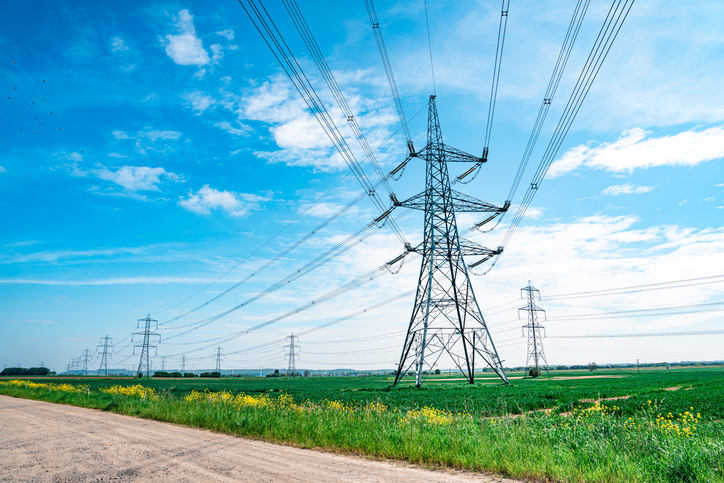
The UK energy market has faced unprecedented volatility in recent years, with businesses and households alike feeling the impact of soaring costs. While prices have somewhat stabilised from their 2022 peak, analysts predict that elevated energy costs will remain the norm for the foreseeable future.
So what’s driving this prolonged trend—and how can organisations prepare?
Long-Term Energy Cost Predictions: No Quick Return to Normal
Forecasts suggest that UK energy prices won’t return to pre-crisis levels until the late 2030s. That’s according to energy consultancy Cornwall Insight, who cite rising infrastructure costs, growing demand, and international volatility as the key drivers.
Energy-intensive sectors—such as manufacturing, logistics, and facilities management—are particularly exposed. With electricity demand expected to climb as the UK transitions to electric vehicles and heat pumps, this long-term pressure on supply is likely to sustain higher pricing.
What’s Behind the Rising Costs?
Several underlying factors are influencing the UK’s energy outlook:
Gas Still Sets the Price: Despite increased investment in wind and solar, the wholesale cost of electricity is still pegged to gas prices under the UK’s marginal pricing system. That means even when renewables are in play, spikes in global gas markets continue to affect domestic bills.
Network Investment: Massive upgrades to the national grid are needed to support a more decentralised, renewables-led energy system. These infrastructure costs are often passed through to the end user.
Geopolitical Risks: Ongoing global tensions—such as Russia’s war in Ukraine—have highlighted the UK’s reliance on imported energy, especially natural gas. This dependence leaves the country vulnerable to future supply shocks.
Policy & Project Delays: High-profile wind farm projects being paused or cancelled due to cost pressures have slowed progress. Shifting policies and delays to clean energy incentives add to market uncertainty.
How Can Energy Costs Be Controlled?
While global trends are largely outside of a business’s control, there are proactive steps UK organisations can take to manage risk and reduce spend:
1. Adopt a Smarter Energy Management Strategy
Installing a comprehensive Energy Management System (EMS) helps businesses track, analyse, and act on real-time data. This is especially important for multisite operations or large commercial buildings.
2. Invest in Sub-Metering and Departmental Tracking
By monitoring energy consumption at a departmental or equipment level, businesses can identify areas of excessive use without compromising productivity. This granular insight enables targeted savings across lighting, HVAC, machinery, and even shift patterns.
3. Use Predictive Tools Like Elcomponent’s MW2 Software
Elcomponent’s MW2 software offers a fully integrated energy monitoring platform that pairs with smart meter infrastructure. It helps businesses:
- Track consumption across complex estates.
- Automate reports and spot unusual patterns.
- Optimise usage based on operational demand.
- Align energy insights with sustainability goals.
Combined with Elcomponent’s wireless LoRaWAN technology, the MW2 platform offers a scalable and futureproof solution that grows with the site’s needs.
Preparing for the Road Ahead
Energy prices in the UK aren’t set to fall significantly any time soon. However, that doesn’t mean businesses are powerless.
By investing in smarter monitoring, committing to energy-efficient infrastructure, and leveraging tools like MW2 to fine-tune usage, organisations can reduce their exposure to high costs and futureproof their operations.
The energy market may be unpredictable—but your consumption doesn’t have to be.
